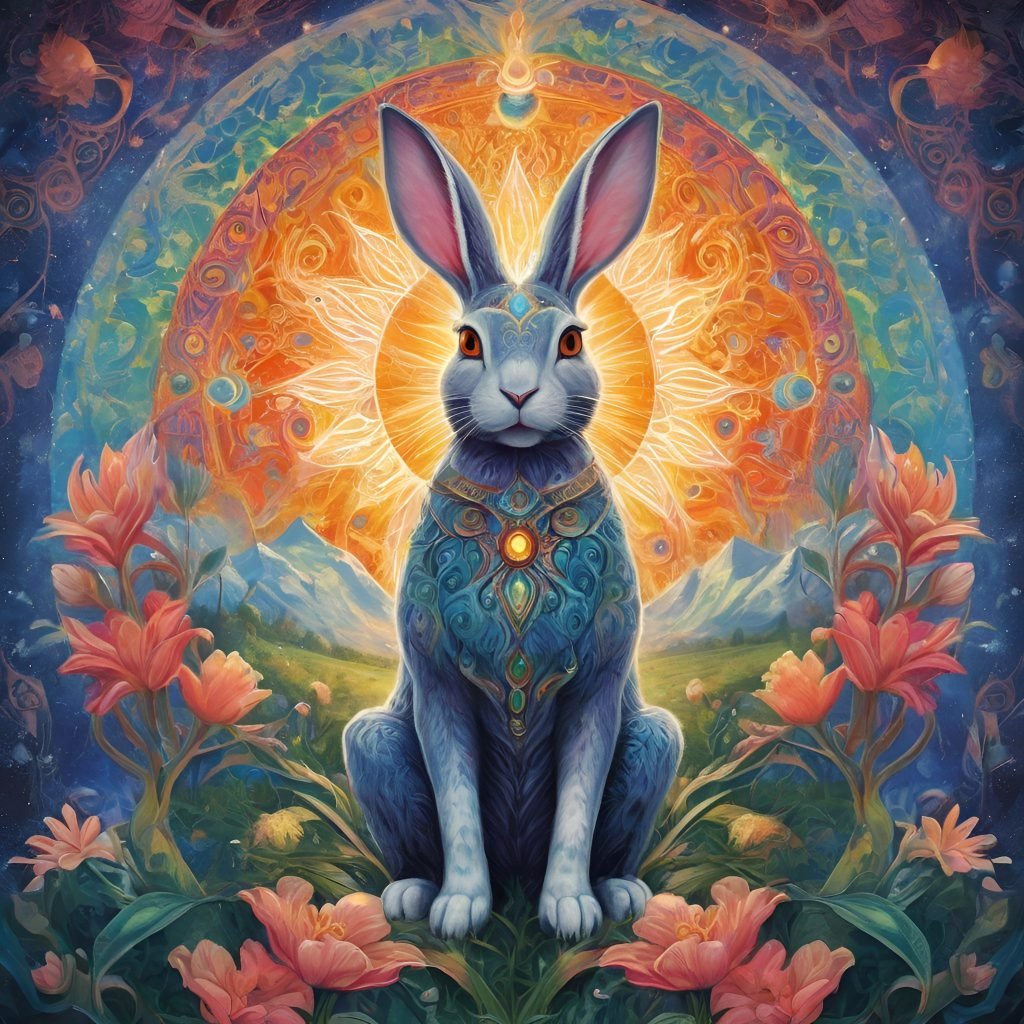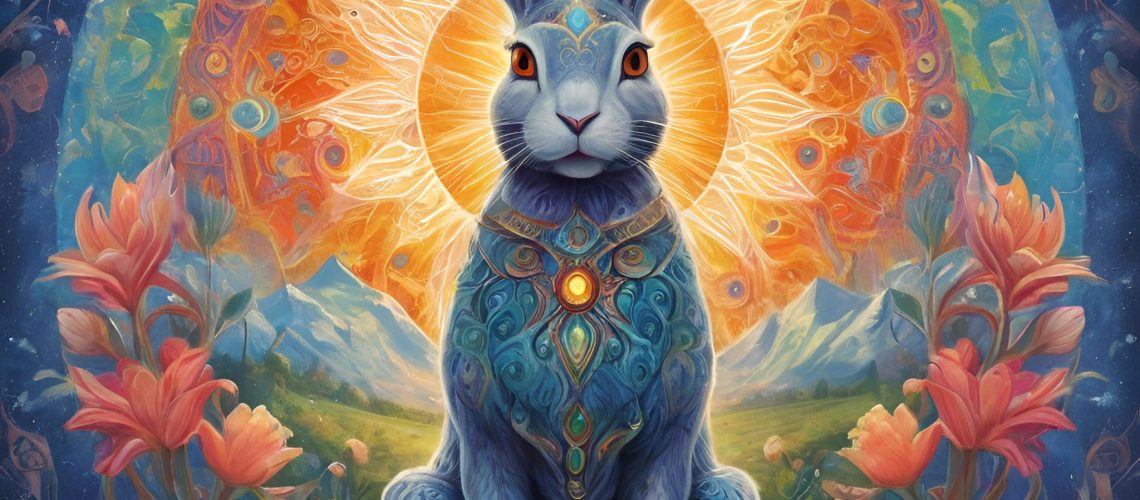
Another important religious focus point is Easter, a time when children are often taught to connect Pagan origins with Judeo-Christian beliefs. A connection that uncomfortably tries to equate a giant rabbit, or ‘hare’, with the crucified star man, Orion. It’s a mad, ‘mad, world’, especially when ‘State and religion’ would have children focusing on the ritual killing of Jesus (the crucifixion), in one hand, while celebrating the return of a ‘giant bunny’ delivering chocolate eggs, with the other. Giant rabbits, chocolate eggs, alongside the crucifixion story of course, are not found in the Bible. Still, the modern world celebrates Easter with the same vigour as every other festival on the calendar. Christmas chocolates are now wheeled out in September and ‘Easter eggs’ are in the high street stores from mid January in the Western comercial world, as the consumer machine goes into overdrive at the festival dates watched over by Orion.
Easter relates to the moon (or moonthly calendar) also known as a ‘moveable feast’ because it does not fall on a fixed date in the Roman Catholic-inspired Gregorian or Julian calendars. Easter is never the same day each year. Roman Catholic calendars follow the ‘cycle of the sun’ with ‘irregular’ Moon days and therefore Easter time, is determined through what is called a lunisolar calendar, similar to the Hebrew calendar. In 325 AD the Council of Nicaea decided Easter would fall on the first Sunday after the ecclesiastical full moon or soonest moon after the Spring Equinox on the 21st March. Those ‘Pagan founding fathers’ of the Roman Christian church knew how to ‘use’ the moon to create a calendar that would suit their own agenda for global prominence. Saturn (or dark star), underpins the vibrational (the invisible) structure given to us by the Moon and therefore, Roman calendars are no more than a Saturn-Sun & Moon vibrational measurment of time – or illusion.



